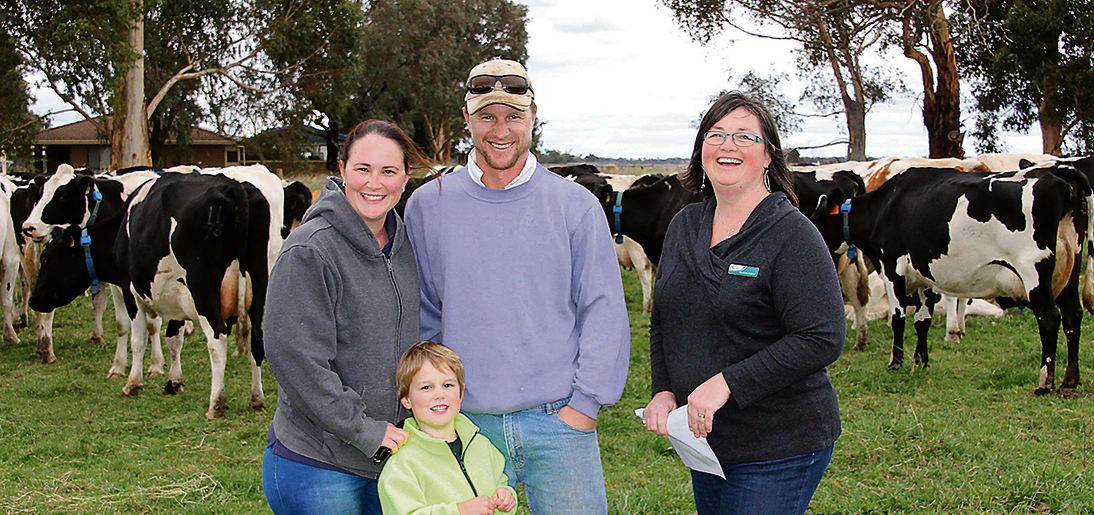 USING HIGH genetic merit bulls can improve gross margin per cow, with new research showing the top 25% of cows averaged a $300 margin over feed and herd costs annually, compared with cows in the bottom 25% of the herd.
USING HIGH genetic merit bulls can improve gross margin per cow, with new research showing the top 25% of cows averaged a $300 margin over feed and herd costs annually, compared with cows in the bottom 25% of the herd.
These results, gathered through research as part of the Improving Herds program, were shared by Data Gene Genetic Evaluation Manager Michelle Axford at the Genetics Australia open day last month.
Ms Axford said dairy farmers often question her on whether choosing higher genetic merit bulls, as ranked in Australian Breeding Values, has a commercial result on farm.
“I’m often asked: Does this stuff work? Does it make a difference?” she said.
One of the goals of the Improving Herds program is to evaluate the contribution of genetics to herd profit.
The basis of the project is the Balanced Performance Index.
“BPI is the one we focussed on most for this project,” Ms Axford said. “BPI is half production but the other traits that contribute to profit are fertility, cows that last a long time, have low cell counts, and are easy to work with.”
Data for the project was collated from 27 focus farms located around the country — incorporating different regions and different sizes.
They collected herd records, detailed financial data and genomically tested heifers, which enabled them to compare the high and low BPI cows within a herd.
“What we found was across all animals, there’s a wide range in gross margin of those animals. Some lost as much as $1290 because essentially they didn’t get past the first gate. We invested money to rear that animal but they only lasted in the dairy for a short time.
“At the other end, cows were generating gross margin of over $2000 per year.”
On average the top 25 per cent of cows produced $300 per cow more than the bottom 25 per cent. This was the margin over feed and herd costs each year.
To get the $300 figure, income was derived from milk income, calf income and cull income, minus rearing cost, feed cost, mastitis cost, repro cost and herd cost.
Toby and Nick Leppin, from Bena, South Gippsland, are one of the Improving Herds focus farms.
“In their case, their top 25 per cent of animals produce a lot more milk. To do that they need more feed, so there are higher feed costs, but the gap between income generated minus feed costs in their case was a $268 margin over feed cost per cow per year.
“The high BPI cows generated more fat, more protein, and lasted 10 months longer in the herd.”
Ms Axford said the research was backed up several other studies, including– Feeding the Genes, which measured 500 herds across five different feeding systems.
“In all five feeding systems, those high BPI cows produced more and lasted longer.”
The Improving Herds program is funded by the Gardiner Foundation, the Victorian Government, Dairy Australia, Data Gene, Holstein Australia and the National Herd Improvement Association of Australia.
Source: dairynewsaustralia.com.au









